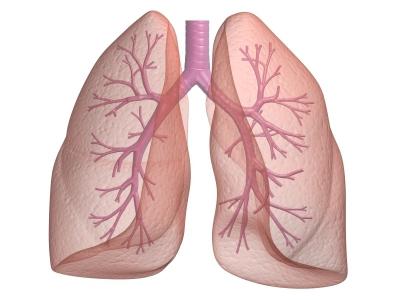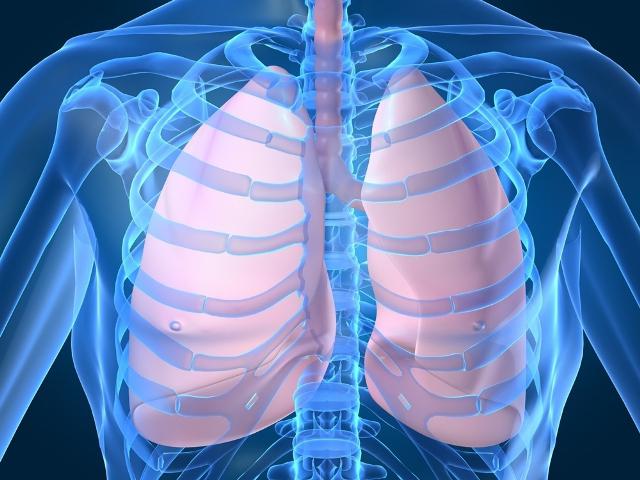Breathing is ... the structure and functions of the respiratory organs
Breathing is the process of exchanging such gases as oxygen and carbon, occurring between the internal human environment and the outside world. Human respiration is a difficult adjustable act of joint work of nerves and muscles. Their coordinated work ensures the implementation of the inhalation - the flow of oxygen into the body, and the exhalation - the removal of carbon dioxide into the environment.
The breathing apparatus has a complex structure and includes: organs of the human respiratory system, muscles responsible for inhalation and exhalation acts, nerves governing the entire air exchange process, as well as blood vessels.
The vessels are of particular importance for breathing. Blood on the veins enters the pulmonary fabric, where gas exchange occurs: oxygen comes, and carbon dioxide comes out. Return with oxygen-saturated blood is carried out by arteries that transport it to the authorities. Without the process of oxygenation of tissues, breathing would not make any sense.

Evaluation of the function of respiratory organs is made by pulmonious doctors. An important indicators are:
- The width of the lumen of the bronchi.
- Respiratory volume.
- Reserve volumes of inhalation and exhalation.
The change in at least one of these indicators leads to a deterioration of well-being and is an important signal to additional diagnosis and treatment.
In addition, there are secondary functions that breathing. It:
- The local regulation of the respiratory process, which ensures the device for ventilation vessels.
- The synthesis of various biologically active substances that carry out the narrowing and extension of the vessels as needed.
- Filtration, which is responsible for resorption and disintegration of foreign particles, and even blood clots in small vessels.
- Depositing of cells of lymphatic and hematopoietic systems.
Stages of the process of breathing
Due to nature, which invented such a unique structure and functions of the respiratory organs, it is possible to carry out such a process as an air exchange. Physiologically, it has several stages, which, in turn, are regulated by the central nervous system, and only due to this work as a clock.

So, scientists as a result of perennial studies allocated the following stages, in the aggregate organizing breathing. It:
- External breathing - delivery of air from the external environment to Alveola. All organs of the human respiratory system are actively involved in this.
- Delivery of oxygen to organs and tissues by diffusion, as a result of this physical process, tissue oxygenation occurs.
- Breathing of cells and fabrics. In other words, the oxidation of organic substances in cells with the release of energy and carbon dioxide. It is easy to understand that oxidation is impossible without oxygen.
Respiratory value for man
Knowing the structure and functions of the human respiratory system, it is difficult to overestimate the value of such a process as breathing.

In addition, thanks to it, it is exchanged gases between the inner and foreign medium of the human body. The respiratory system participates:
- In thermoregulation, that is, it cools the body at elevated air temperature.
- In the function of isolating random alien substances, such as dust, microorganisms and mineral salts, or ions.
- In creating sounds of speech, which is unusually important for the social sphere of man.
- In the smell.
